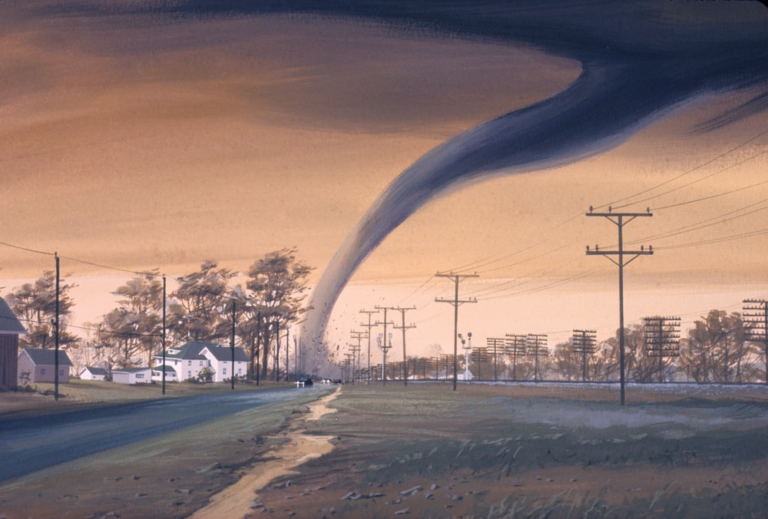Springtime in Tornado Alley means watching out for warning calls, strong winds, harsh weather, and high-speed tornadoes that may hit your home anytime. Tornado shelter rooms have become an important aspect of architectural designs since the 2011 tornado in Joplin. It’s easier to install a safe room shelter than to build one yourself. If you are having difficulty customizing your tornado-safe room, we have listed down specifications that might come in handy while choosing your storm shelter!
Your customized safe room structure must meet FEMA guidelines regarding storm shelter designs to be approved and installed in your house. Keep the following things in mind for your customized safe room.
Design and Size Considerations
The most important thing to remember when customizing the design of your safe room is that it must meet the guidelines laid by FEMA. Following the guidelines will help you protect your family from injuries, physical harm, and even possible death. The design and size should depend on the number of family members and the family size. It should be such that every person should have at least enough space to stretch their legs. Natural disasters are unpredictable, and you might not know when they will end. The wrong size safe room may lead to suffocation, causing users to suffer from shortness of breath.
Location of the Safe Room
Ideally, you should install a safe room near your living space and on the same floor as the bedrooms. This will ensure less time wasted due to traveling, hence better protection. Additionally, it would be highly suitable for a safe room to have no windows to prevent any forced entry or possible attack from the entry points. Basements are a good place for storm shelters, but they are likely to get flooded.
There are above-ground shelters as well, but they are costly in terms of installation, and there is a chance of injury from flying debris. Ideally, a safe room should be installed in a place that every family member can reach easily.
If you are considering installing a tornado shelter room, talk to the experts now!
Material Used and Ventilation
The industry standard for safe room design is to use reinforced concrete. The reinforced brick block filled with concrete is another popular type of construction for safe rooms. You should remember that the material you choose for your customized safe room should be sturdy enough to withstand the strong forces of E5 tornado and flying debris. Another architectural aspect to remember is proper ventilation. The ventilation ducts should be enough to prevent suffocation and clogging by flying debris and flood water. Some customized safe rooms are backed by generators or have battery-powered lights.

Put your worries to rest, and leave it to Safe Rooms US to customize the perfect safe room for your family. Our tornado shelter rooms in Texas have passed the Texas Impact Test and FEMA guidelines and provide fortified protection against disasters.
If you are in Texas or Oklahoma, contact us now for more details!










